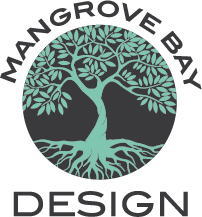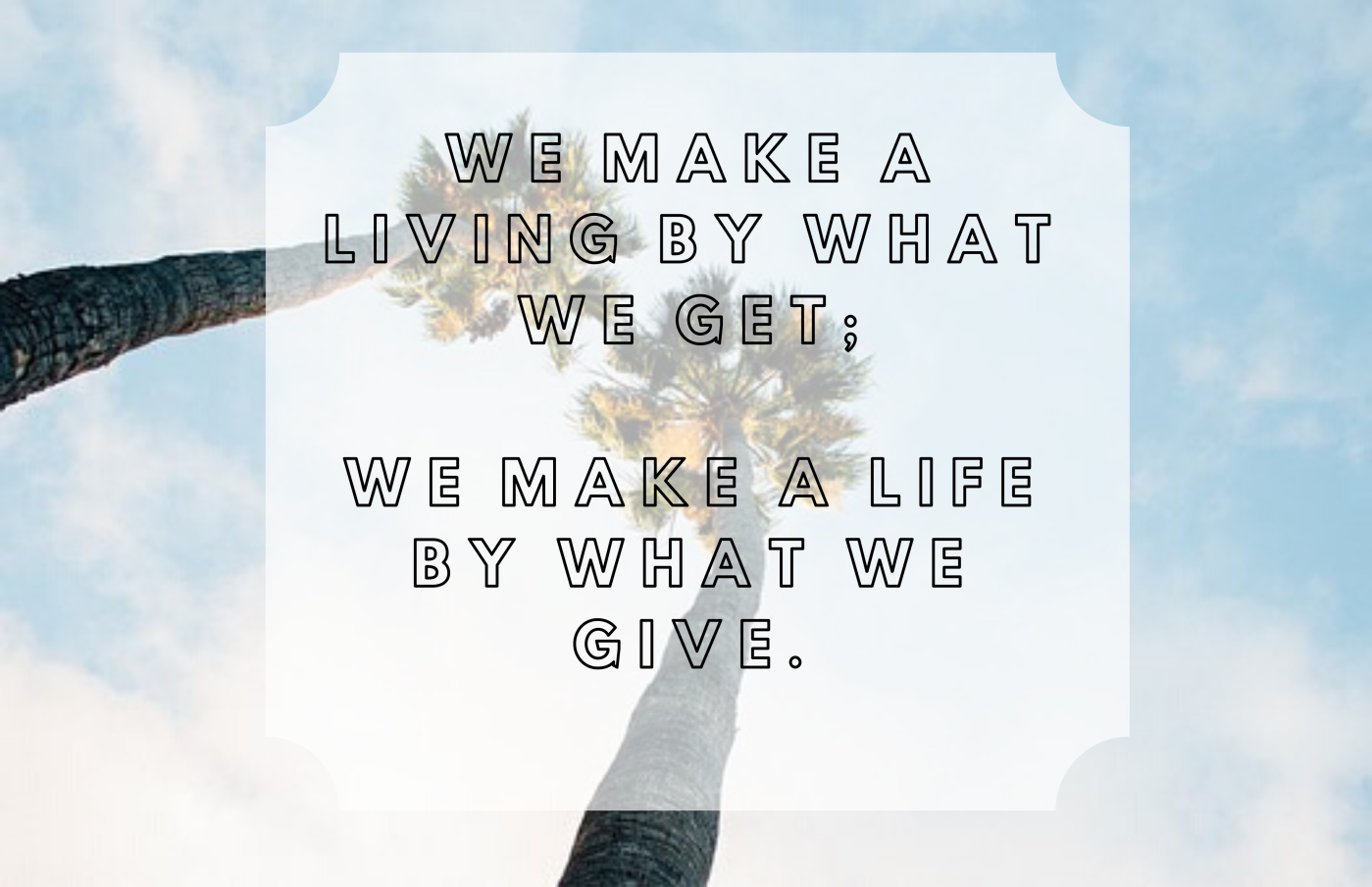When someone asks for an appointment or a consultation with me, before the initial meeting I like to send out a questionnaire and a brief statement of our design process. these are documents that help us get to know one another better before our meeting so when you do meet we can have an intelligent working meeting and a great deal of the simple questions are answered ahead of time.
Recently I received an email back from a potential client, mind you he had made the appointment himself. He was utterly offended, thinking I was playing a joke on him. In no way shape or form was he going to share personal information with me and how dare I even ask. I am sure he was not in a right state of mind and more than likely has never used a designer before and doesn’t understand what we do for our clients.
In all my years of owning businesses and working with clients and customers, I have learned that as a person trying to learn something new, of what I tell them, only about 10% is actually digested at a time. I repeat myself, happily, through out the process to be sure that the client understands the process thoroughly the entire time.
I also have come to understand that an educated client -about the process- is the easiest client. expectations are set in the beginning and met along the way, again, easily.
We are all just too busy, our minds are cluttered, so we need to take in information a little at a time. We need to have access to information to be able to go back and understand more. Everyone takes in information in different ways, we all learn in different ways.
As designers we create what is called a program. This starts with a million and one questions we ask. The clients answers help build a profile that creates an over arching view of what problems need to be solved and what dreams need to be met.
Answering these questions makes the client think about what is truly important to them, what experience they want out of their home or space for the next 20 years and where they need to be financially to make this happen.
I figured I’d share my programming questions with you so you have a better understanding of why I ask them. There is a download button at the bottom of the post here if you would like to take a look at what I send all potential clients.
I generally start out on the questionnaire asking your name and your partners name phone an address and email. I absolutely need all of this information. When we start the design process I insist that I meet with all of the stake holders or decision makers in the beginning. For one thing, I nee to make sure that the wife knows that the husband called me, or visa versa. If 2 people are not making the decision to hire a designer together form the get go, there is red flag for me. They are clearly not communicating about what each other wants or some one is more frustrated and is trying to take control form the other person.
And yes I want to know what you do for a living. This is not to see how much money you make, it is to have an understanding of where your experience comes from. Where your money comes from is none of my business as long as you communicate to me that you can reasonably afford to hire a designer and complete the project.
The manner in which I would deal with an attorney versus an owner of restaurant will be 2 differing approaches. I truly do my best to practice empathy, to try and walk a mile in your shoes so to speak. This will translate in to a better design for each client based on daily tasks and habits. If you’re an attorney, you more than likely need a quiet place to read in the evenings. If you are a restaurateur you may need a chefs kitchen or a larger pantry.
Listing your family members is crucial as well for the design process. As everyone ages, children to adults, a space needs to meet a great deal of flexibility. Knowing what stages a clients family is in is iterative to making decisions about electrical fixtures, accessibility and protective elements.
I ask about your childhood home, what liked or disliked about it. This is a question to get a client started on visualizing a space. When you visualize you also invoke emotions. As I think of our home in Orlando, I remember a lot of browns. It was the early 80″s. Today i would call that “landlord brown” only my parents owned the home. Today I rarely use the color brown, that may be why.
I want to know what people liked about their family home, what was comforting or disturbing. This could be any previous home they lived in. It is about starting a conversation with the clients about what elements you want in a home. I ask all my clients to give me a bullet list of their dream home and what they want out of it. What does it look like to them. I ask what their families priorities were because I am trying to get them to come up with their own priorities.
When I ask client to visualize a space and its colors I want them to imagine the space, feel the emotions and finally start to use descriptive words to describe the perfect space for them and their family. absolutely everyone is different. When a client cant do this, i assign homework to create either HOUZZ ideabooks or Pinterest boards to share with me. A Picture is worth a thousand words. This is better than any form I could create.


Leave a comment